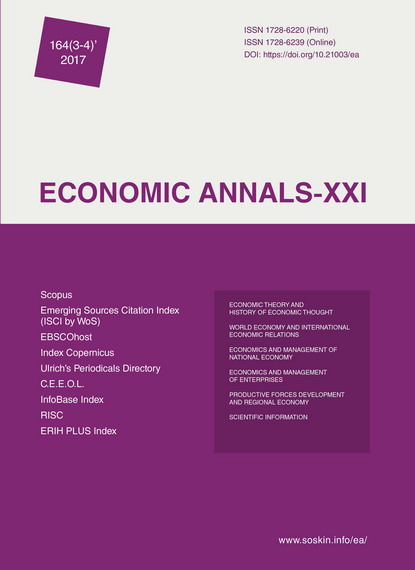Money motivation of military personnel in NATO countries, Russia, China and CIS countries
Money motivation of military personnel in NATO countries, Russia, China and CIS countries
Author(s): Alexander AbramovSubject(s): Supranational / Global Economy, Security and defense, Military policy, Socio-Economic Research
Published by: Institute of Society Transformation
Keywords: Money Motivation; Army; Military Personnel; NATO; Russia; China; CIS;
Summary/Abstract: A comparative analysis of various money motivation systems for the NATO, Russian, Chinese and CIS military personnel was conducted based on official statistics and scientific publications. Guided by the scientific principle ≪from general to specific≫, we used B. Skinner’s, L. Porter’s, E. Lawler’s, F. Haider’s, G. Kaufman’s, R. Prestas’ and T. Stewart’s theories and concepts as a theoretical and methodological basis for the research since their studies clearly reveal money motivation approaches in the armies of various countries of the world. The methods of historicism, comparison and analogy used in the work have made it possible to identify what is common and essential for all types of money motivation in the armies of different countries, which reflects their national identity. Social and economic policies regarding military personnel in different countries are based on a system of financial benefits and social protection, which implies good and incentive payments, extra pay, compensations and pension maintenance. As a result, it has been concluded that money motivation in the army originates from geopolitics, economic opportunities and economic conditions within a particular country. Beside economic factors, money motivation for the military personnel is built in accordance with the national identity, mentality and sociocultural codes. Both the national economy and the army economy, the component element of which is the system of money motivation, have their own socio-cultural dimensions.
Journal: Економічний часопис - ХХІ
- Issue Year: 164/2017
- Issue No: 03+04
- Page Range: 32-35
- Page Count: 4
- Language: English

